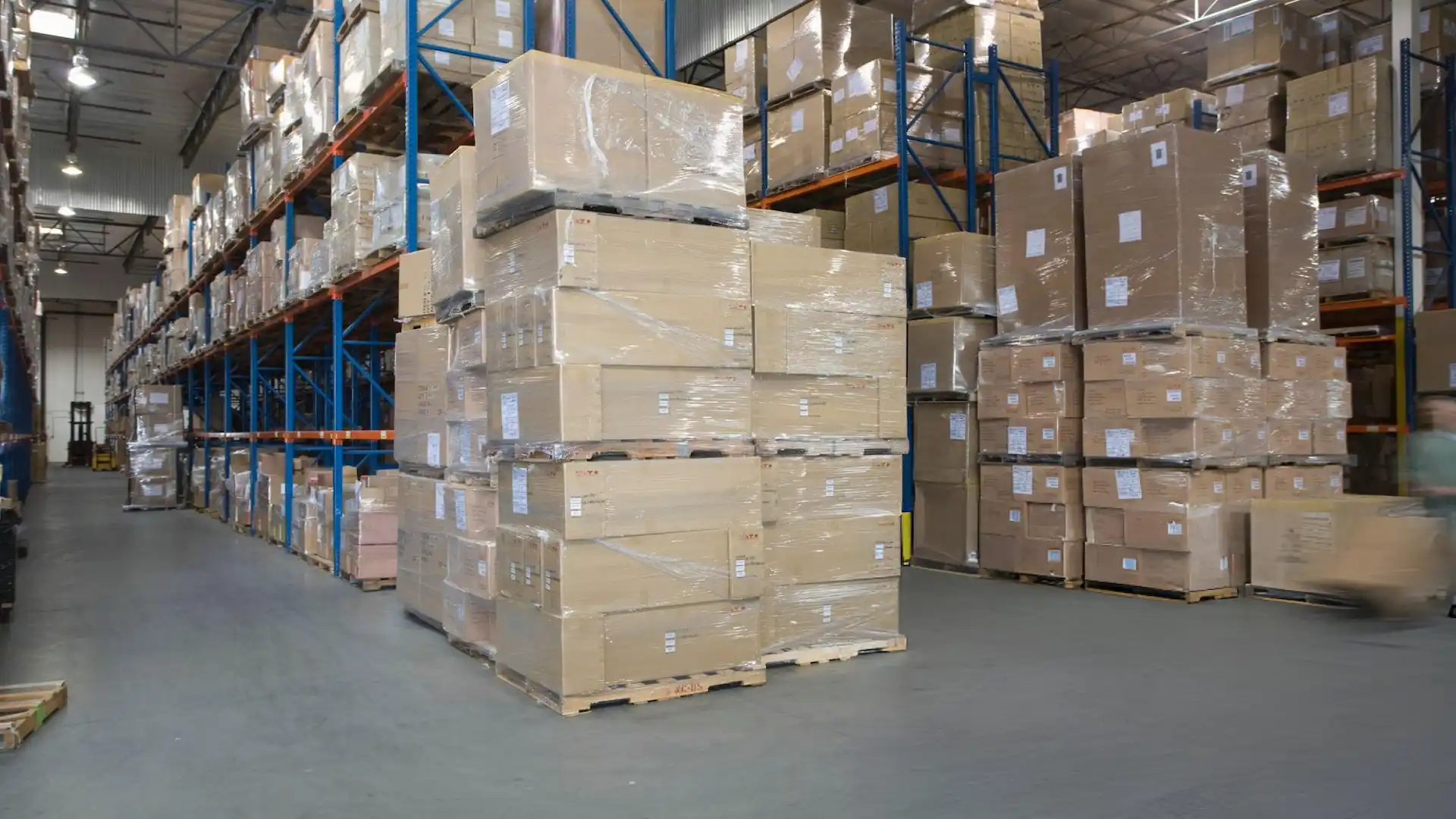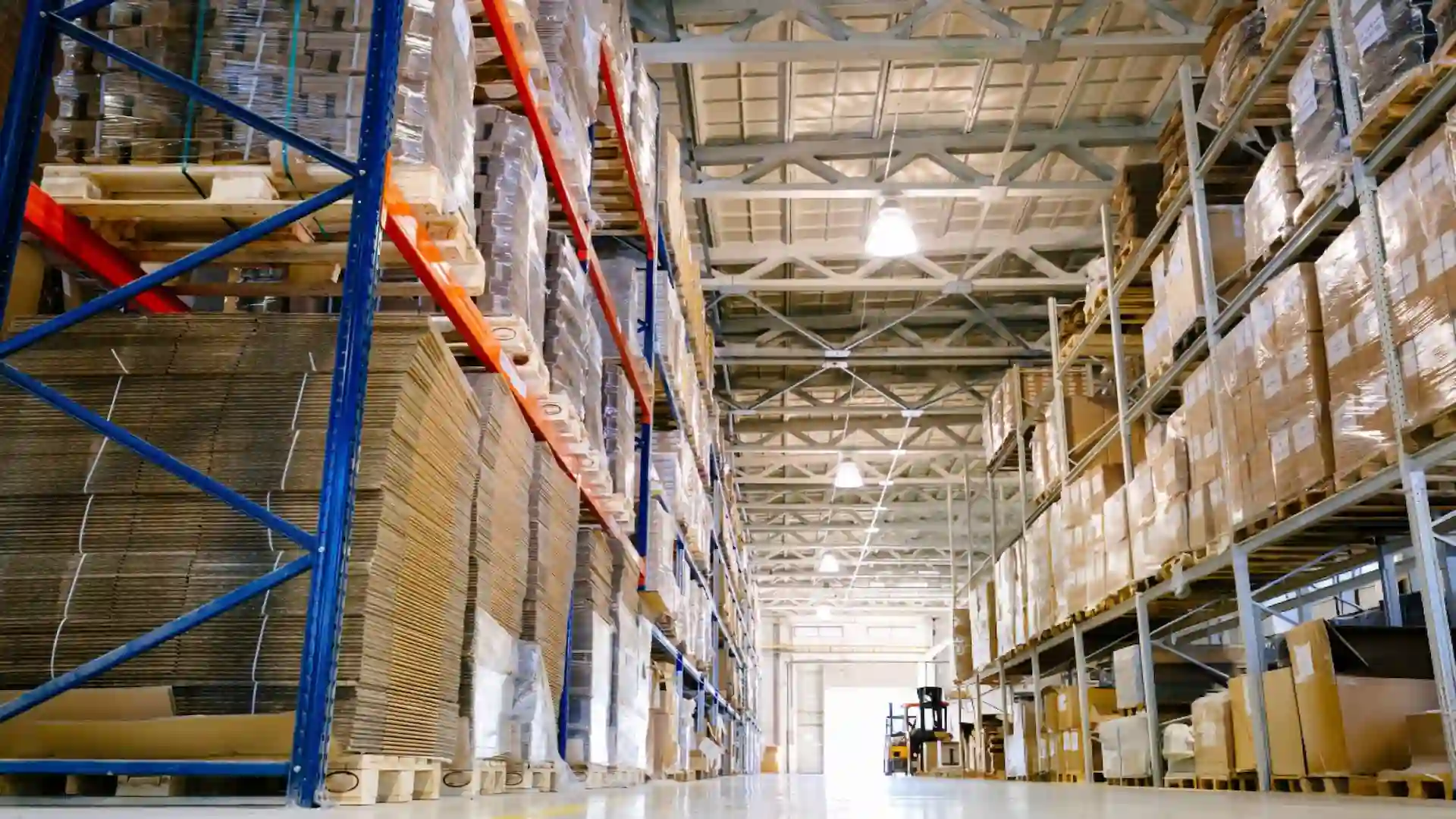Dealing with Backorders: A Guide for Ecommerce Brands
.webp)
Backorders can be a huge problem for 3PL businesses. They can cause customer dissatisfaction, increased costs and lost revenue.
But with the right strategies and tools in place, you can minimize the impact of backorders on your business.
In this blog post, we will discuss the different ways 3PL companies can manage backorders effectively and efficiently. We will also cover some of the best practices to ensure that your customers have a positive experience when dealing with backorders. By implementing these strategies, you will be able to reduce the cost of managing backorders and increase customer satisfaction.
Table of Contents
- How do backorders work?
- What causes backorders?
- Backorder vs out of stock
- Pros and cons of selling on backorder.
- 5 Tips for minimizing backorders.
- Stock Replenishment process.
How do backorders work?
“Backorder” refers to a situation where a product or service is temporarily out of stock or unavailable, but can be ordered by a customer and will be fulfilled at a later date. In other words, the customer is essentially placing an order for an item that is not currently available, with the understanding that they will receive it once it becomes available again. Backorders are commonly used in retail, manufacturing, and other industries where supply and demand can fluctuate.
What causes backorders?
High demand
A sudden surge in demand for a particular product can cause a shortage, resulting in backorders.
Manufacturing delays
Production or delivery delays can prevent products from being made or shipped on time, leading to backorders.
Supplier issues
If a supplier is unable to deliver goods or materials on time, this can cause a backlog in the production process and lead to backorders.
Incorrect inventory management
Poor inventory management practices such as overstocking or understocking can cause backorders when demand doesn't match available stock.
Quality control issues
If quality control measures identify defects or issues during production, this can cause delays in the manufacturing process, leading to backorders.
Shipping or logistics issues
Problems with transportation or shipping can cause delays in getting products to their final destination, causing backorders.
Backorder vs out of stock
Backorder and out of stock are two terms used in the retail industry that describe a product's availability. While they may seem interchangeable, they have distinct differences.
Out of stock refers to a situation where a product is currently unavailable, and there is no information available on when or if it will be restocked. This means that a customer cannot place an order for the product at the time being, and they will have to look for it elsewhere.
Backorder refers to a product that is temporarily out of stock but can still be ordered. When a customer places an order for a backordered product, the product will be shipped as soon as it becomes available.
Advantages and disadvantages of selling on backorder
The recent BOOM in ecommerce has reinforced the effectiveness of using backorders throughout the industry. Depending on your business model and the product you sell, you should be mindful whether your brand will benefit from using backorders. After all, you only want to provide your customers with the best experience possible. Below, we’ll go over the important pros and cons you need to know about backorders:
- Pro: Guaranteed demand throughout production run
Taking advantage of backorders in your store gives existing and new customers the opportunity to rest assured knowing they will receive their order even if it is not actively on its way. Historically, good things are worth waiting for, right? However: make sure you are as transparent as possible about wait time when a customer orders from your site (i.e. “ships in 10 business days,” “product ships when in stock”).
- Pro: Start a conversation with your customers
When a new or returning customer places an order for a backordered item, it’s a great opportunity to reach out! Ask them what they love about your product, or thank them for their patience and loyalty to your brand.
Feel free to offer a small discount for future orders, or include some sort of insert in your package to make the unboxing experience that much more memorable. In addition, creating a personal relationship with your customers can increase customer retention and will attract more genuine feedback.
- Pro: Backorders help maintain revenue
This one is (from a business perspective) the most useful to business owners. When you successfully implement backordering, you can generate revenue for a product that is not in stock. The ability to maintain cash flow when a product is out of stock can help you increase production to avoid/reduce delays for the next time your product sells out.
- Con: Risk of order cancellation
Providing your customers with the opportunity to prepay for your product grants a rewarding customer experience, but you want to make sure orders don’t get canceled as well. It is important to create those personal relationships and over communicate with your customers when delays grow, but sometimes a customer simply is not interested in waiting for their order to ship and decides to cancel.
- Con: Diminished brand image
Periodically offering backordering on popular items is a great way to increase traffic on your store’s website, but keep in mind that today’s world values instant gratification. Backorders don’t hurt the customer experience on their own, but having products frequently on backorder can convey a message of unreliability from your brand. In addition, it may show that your brand is unable to grow to successfully meet customer demand.
5 Tips for minimizing backorders
As mentioned above, regularly being out of stock will end up being detrimental to your business. BUT, we’re here to help! Below, we’ve created 5 tips to help you avoid relying on backorders:
- Predicting demand: By following trends you see in your sales, you can predict peaks in order volumes and adjust accordingly. Using these statistics, you can accurately order an abundance of a popular product while avoiding overstocking. Ultimately, this will ensure that all customers receive a timely delivery and customer demands are met.
- Monitor inventory levels: A valuable concept to implement as your emerging brand grows is the concept of “Reorder Points.” A Reorder Point is an inventory level that triggers a reorder for a specific product, and is not a static number. It is calculated using average unit sales, delivery lead time, and safety stock levels. Reorder Points are effective at preventing backorders because at the fundamental level, they prevent a product from being out of stock to begin with. However even without implementing Reorder Points, make sure you are always on top of your inventory quantities. It can save both you and your brand a LOT of headaches down the line when things start taking off!
- Stay close with your suppliers: Maintain strong relationships with your suppliers to ensure a steady flow of stock coming your way (or your 3PLs way). If you anticipate a spike in demand, make sure to communicate with your supplier to order additional inventory to keep up with demand.
- Use a modern WMS (Warehouse Management System): None of these tips can reach their full potential without a robust SaaS platform to back them up. A proper WMS facilitates smooth operations throughout the order fulfillment process. From receiving new stock to processing returns, all the data you could need will be right at your fingertips!
- Back-up plans: We always need a backup plan if all else fails. In the case of backorders, this can be attacked from multiple angles. The most direct angle for a back up plan includes finding other suppliers to fulfill your stock replenishment needs. Whether this is a temporary or permanent solution, having more than one supplier is always smart when dealing with the dynamic world of ecommerce. Another effective strategy is to implement “back-in-stock” alerts. Typically, a customer is asked for their email or a phone number, then a notification is sent when the desired item is back in inventory. While these do reduce backorder rates, they also tell customers that you are out of stock. Be careful not to use back in stock alerts too often, as this can also show that your brand is struggling to keep up with demand.
Stock replenishment
Inventory quantity can be both the cause or the solution for backorders. Without enough inventory, an ecommerce brand is forced to either mark items OOS (Out of Stock) or switch to backordering. To mitigate both of the above, here are a few solutions for effectively replenishing stock quantity:
- Reorder Point: We covered these earlier; Reorder Points automatically trigger the reorder of a specific product when inventory is not projected to meet incoming demand. They also ensure you will not go out of stock by maintaining a minimum level of inventory stock at all times.
Note: Reorder Points are not a “one-size-fits-all” approach, make sure to calculate a separate Reorder Point for each desired SKU.
- Top-Off Method: This method of stock replenishment is most effective for fast-moving SKUs. The selected SKUs are “topped off” during downtime or slower periods, to prepare for incoming high order volumes.
- Periodic Inventory Replenishment: By far the easiest to implement - the Periodic Inventory Replenishment method does just that: reorder stock at regular intervals. This is really only suitable for either very small, or very large businesses. Because orders are not recorded perpetually, stock doesn’t get replenished even in the case of low inventory levels. Adjustments to stock replenishment are only calculated after a designated billing period has passed.
Conclusion
In the big picture, backorders are not all bad. They benefit businesses by maintaining revenue, upping customer retention, and providing a smooth shopping experience. However, you should never learn to rely on backorders. Repeated instances of backordered stock will not make your brand look very good, so make sure to follow the tips we’ve outlined above!
Pro tip: Outsourcing to a 3PL will dramatically reduce the impact of being out of stock due to storage availability. A fulfillment partner will be capable of holding significantly more inventory than an in-house operation, cutting down risk for backorders even further.

.svg)
.svg)
.svg)




